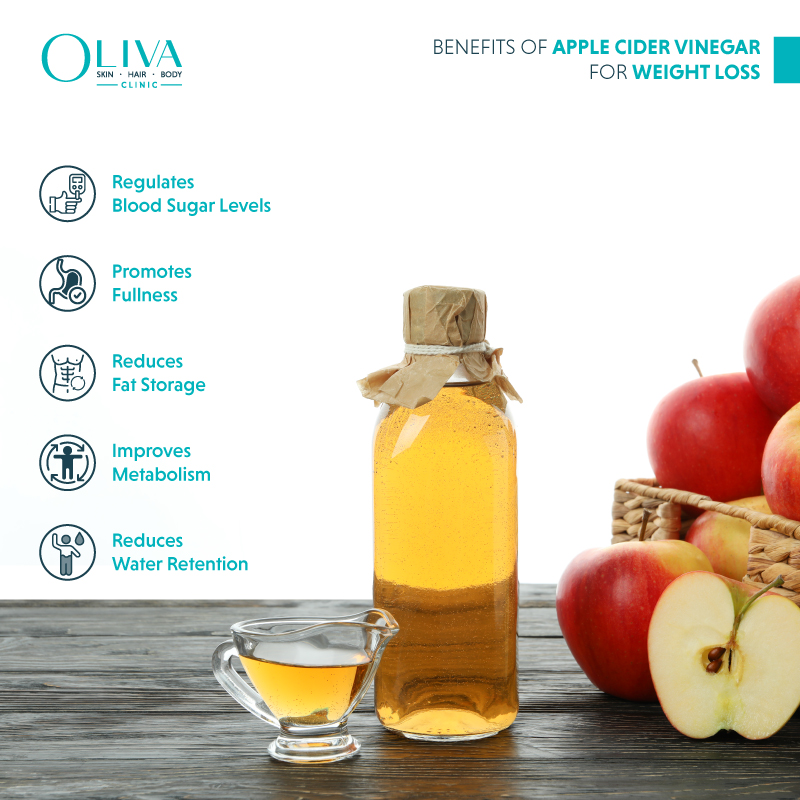Height And Weight Chart For Girls According To Age
Regular monitoring of the height and weight chart for girls helps track their growth and overall development. This systematic approach enables early detection of potential growth anomalies or underlying health issues, ensuring timely intervention and support.
Table Of Content

Growth Patterns in Girls
-
Infant:
-
- A new born will lose 5% to 10% of their birth weight in the first few days after delivery.
- When a new born reaches 4 to 6 months, its weight typically doubles. Subsequently, weight gain tends to decrease during the latter half of its first year.
- Infant length increases by 50% in the first year.
-
Early-Childhood:
-
- Girls will gain around five pounds between 1 and 5 years of age.
- Growth is slow compared to infancy.
- Height increases as the legs and trunk lengthen.
-
Middle-Childhood:
-
- Girl’s growth is steady, but once they hit puberty, around 9 years, they will start experiencing a growth spurt.
- Height increases with slow weight gain.
-
Adolescence:
-
- When a girl reaches her mid-to-late teens, her growth peaks with the full skeletal system development.
- Weight gain occurs during puberty with hormonal changes.
- Height increases with a change in body composition.
The above growth patterns of girls reflect the nature of growth and development from infancy to adolescence. It is essential to ensure the healthy progress during this period, and detect any significant concerns early.
Factors Affecting A Girl’s Height and Weight
Certain factors influence a girl’s height and weight during development. These include:
-
Genetics:
Genes significantly determine a girl’s height and weight. It is most likely that the child inherits the height and body type from their parents and close family members.
-
Nutrition:
Nutrition plays a crucial role in children’s growth and development. Consuming a healthy diet with essential nutrient groups, like proteins, carbohydrates, vitamins, minerals, and fats, helps the girl reach the ideal height and weight.
-
Hormonal Aspects:
Growth hormone and thyroid hormones regulate growth and metabolism. Hormonal imbalances in girls influence their growth and development.
-
Physical Activity:
Engaging in regular physical activity stimulates effective height and weight development in girls. Furthermore, it helps children develop strong and healthy bodies.
-
Lifestyle:
A healthy lifestyle, including balanced nutrition, regular exercise, and adequate sleep, significantly influences height and weight development in girls. It promotes optimal growth and overall well-being.
-
Onset of Puberty:
Once girls hit the puberty period, they experience substantial growth and development with hormonal changes and progression of sexual characteristics.
Considering these parameters helps us understand and evaluate the growth and development journey in girls. Let us learn the significance of monitoring height and weight in girls.
Importance of Monitoring Height and Weight in Girls
Tracking height and weight is paramount for detecting significant health problems such as malnutrition, overweight or growth ailments.
Here are the top five reasons:
-
Observe Growth and Development:
- Monitoring a girl’s height and weight on a regular basis enables early detection of growth abnormalities, facilitating prompt intervention and effective treatment strategies.
- Height or weight growth abnormalities indicate growth disorders, including growth hormone deficiency, Turner syndrome or familial short stature.
-
Prevention of Weight Gain:
- Monitoring weight consistently helps to identify signals of excess weight gain or obesity.
- Early intervention through lifestyle modifications fosters cultivating healthy eating habits and physical activity, thereby preventing the risk of weight gain-related health issues in the future.
-
Assessment of Nutrition:
- Height and weight measurements are vital indicators of nutritional status and overall health. Moreover, they offer valuable insights into the growth patterns and provide a comprehensive understanding of ideal ranges.
- Girls with underweight or slow weight gain are susceptible to malnutrition, while those who are overweight or obese may be consuming excess calories or engaging in inadequate physical activity.
-
Early Discovery of Health Concerns:
- Regular monitoring facilitates early identification of changes in growth patterns, such as delays, enabling timely medical intervention.
- Timely detection aids in tackling malnutrition in girls’ childhood, helps manage overweight issues and reduces the risk of obesity-related problems like type 2 diabetes and cardiovascular diseases.
-
Regular Health Check-Ups:
- Height and weight measurements provide additional information for healthcare professionals during routine check-ups, aiding in comprehensive assessments and medical planning.
- This data fosters clear communication between parents and healthcare providers, facilitating informed decision-making and personalised recommendations for overall health and well-being.
Now that we understand the importance of monitoring height and weight in girls, let’s learn about the BMI for different ages.
Understanding BMI (Body Mass Index)
Body Mass Index (BMI) is the ratio of mass to height. It is a crucial tool for monitoring height and weight in girls. The BMI values vary for girls of different age groups and have specific ranges that distinguish between adults and kids.
BMI = weight in kg/height in m2
BMI screening for children starts as early as age 2. BMI calculation includes using growth charts and percentile rankings.
BMI percentile range |
Category |
| <5th percentile | Underweight |
| 5th to 85th percentile | Healthy weight |
| 86th to 94th percentile | Overweight |
| >95% percentile | Obese |
Ideally, girls should fall within the designated target ranges between the 5th and 85th percentiles. Percentiles outside this category may signal potential health concerns for girls that warrant immediate attention and intervention.
Height and Weight Charts for Girls
Below is a comprehensive chart detailing the height and weight ranges corresponding with the age of girls:
AGE (Years) |
HEIGHT (Cm) |
WEIGHT (Kg) |
| 1 | 74.1 | 9.25 |
| 2 | 85.5 | 12 |
| 3 | 94 | 14.2 |
| 4 | 100.3 | 15.4 |
| 5 | 107.9 | 17.9 |
| 6 | 115.5 | 19.9 |
| 7 | 121.1 | 22.4 |
| 8 | 128.2 | 25.8 |
| 9 | 133.3 | 28.1 |
| 10 | 138.4 | 31.9 |
| 11 | 144 | 36.9 |
| 12 | 149.8 | 41.5 |
| 13 | 156.7 | 45.8 |
| 14 | 158.7 | 47.6 |
| 15 | 159.7 | 52.1 |
| 16 | 162.5 | 53.5 |
| 17 | 162.7 | 54.4 |
| 18 | 163 | 56.7 |
The above chart serves as a valuable tool for monitoring a girl’s height and weight over time, ensuring she falls within average growth ranges for her age group.
If a girl’s measurements fall outside the average ranges, it is essential to seek guidance from a healthcare provider for personalised advice and intervention. Let us look into some tips for maintaining a healthy height and weight ratio for girls.
Also Read: Height And Weight Chart For Male & Female According To Age
Tips for Maintaining Healthy Height & Weight Ratio for Girl
If you are overweight or underweight and wondering how to maintain healthy height and weight ratio, fret not!
Here are the top 5 tips:
-
Consume A Balanced Diet:
A balanced diet with fruits, vegetables, whole grains, lean proteins and healthy fats provides vital nutrients for growth and energy, promoting growth and development in girls.
-
Hydrate Always:
Proper hydration with adequate water throughout the day aids digestion and nutrient absorption and maintains energy levels.
-
Restrict Sugars and Processed Foods:
Sugary snacks, desserts and processed foods contribute to weight gain and provide empty calories, leading to nutrient deficiencies and compromising overall health and well-being.
-
Regular Workout:
Regular physical activity improves mood and mental well-being and supports bone density, muscle development and cardiovascular health.
-
Endorse Optimistic Body Image:
Listening to one’s body facilitates better managing hunger and fullness signals. Regular physical activity helps maintain a healthy weight and supports bone health.
The above guidelines foster healthy growth and development and lay a solid foundation for lifelong optimal health and well-being.
Takeaway
Height and weight charts for girls are important tools for parents, caretakers, and healthcare supporters to monitor the overall growth and development. We can foster healthy growth and development by consistently tracking and implementing healthy habits such as a nutritious diet, adequate hydration, and regular physical activity.
Frequently Asked Questions
The correct height and weight for a girl depend on various parameters, such as age, genetics, and growth patterns. Falling within the average height and weight ranges for her age, as specified by growth charts and percentile rankings, is considered healthy.
The optimal height of a 4-year-old girl is 100.3 cm, and the ideal weight is 15.4 kg.
The ideal height of a 13-year-old girl is 156.7 cm, and the optimum weight is 45.8 kg.
The ideal height of a 6-year-old girl is 115.5 cm, and the ideal weight is 19.9 kg.
Our certified subject matter experts do extensive research and collate facts from reputed scientific journals and international studies to create informative and engaging articles related to all your dermatology concerns. They strive to help you decipher medical jargon, distinguish fact from fiction and overcome paranoia. Our qualified medical board or expert panel goes a step further to verify these facts based on their rich academic knowledge, vast clinical experience and critical industry insights to ensure you consume only medically accurate content that empowers you to make informed decisions about your hair and skin-care treatments and weight management. Check out our Editorial policy for further details.
- https://pubmed.ncbi.nlm.nih.gov/33675206/
- https://www.ncbi.nlm.nih.gov/pmc/articles/PMC4767885/
- https://pubmed.ncbi.nlm.nih.gov/13295963/
- https://pubmed.ncbi.nlm.nih.gov/27365568/
- https://www.nature.com/articles/pr200144
- https://pubmed.ncbi.nlm.nih.gov/12043359/
- https://pubmed.ncbi.nlm.nih.gov/24153344/








